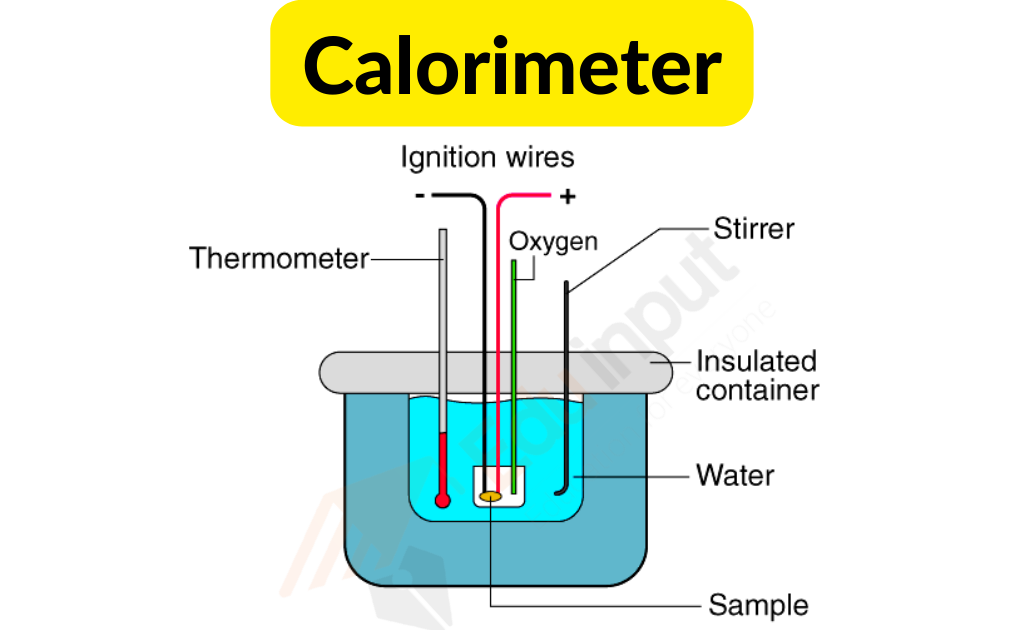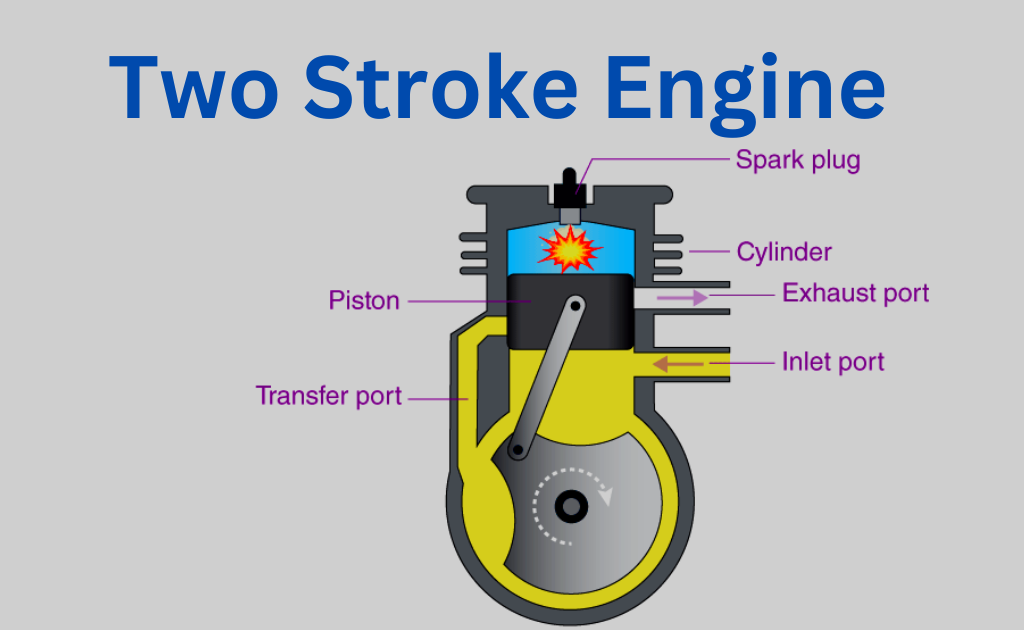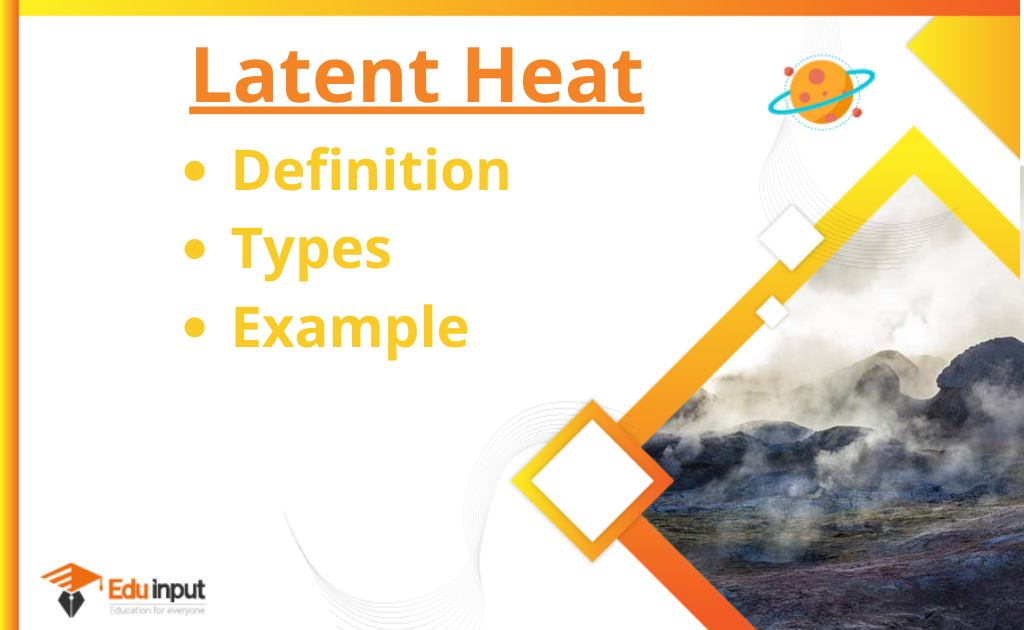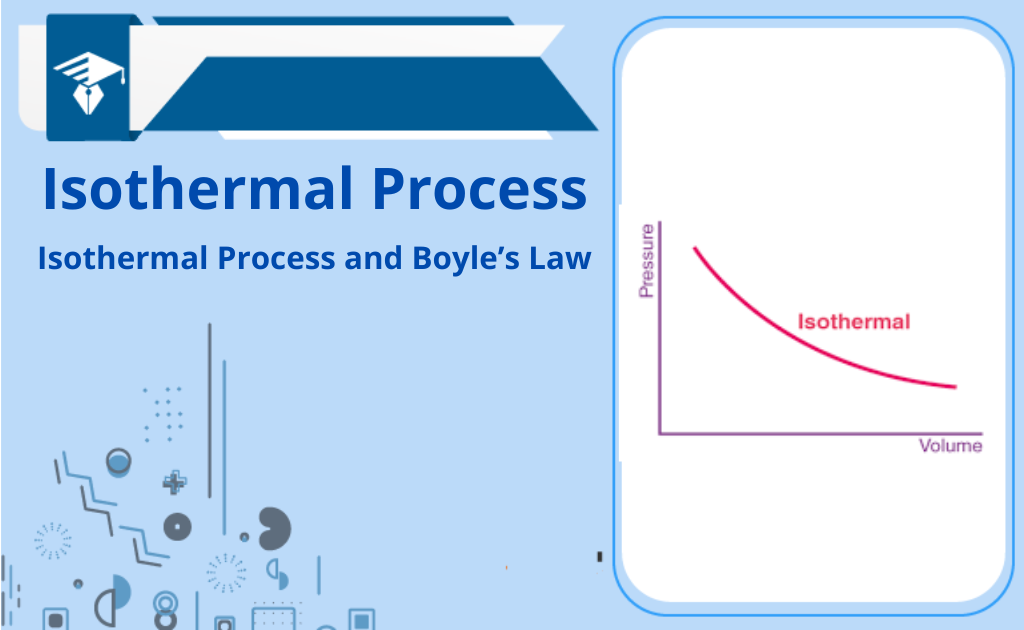What is Heat Transfer?-Definition, And Types
Heat transfer is the movement of thermal energy from one object to another. Heat transfer occurs naturally between objects at different temperatures.
What is Heat Transfer?
Heat Transfer is the process of transferring heat from one material to another. We all know that heat is a form of energy and it is present inside the material, but how does it transfer from one material to another?
The process of heat transfer is nothing but when a material absorbs heat from one material then it gets heated up. So, if there is no heat transfer then there will be no heating up of the material.
Heat transfer is the main process of a refrigerator. When a material absorbs heat from its surroundings then it gets heated up and the cold temperature is transferred to the material.
It is the same concept with air conditioners, when a material absorbs heat from the surrounding then it gets heated up and the cold temperature is transferred to the material.
The amount of energy emitted by a body is called its emissivity. Emissivity measures how much energy is lost from the body. An object with a high emissivity loses a lot of energy. On the other hand, an object with a low emissivity absorbs little energy.
Types of heat Transfer
There are three ways of heat transfer.
Convection
Convection is the process of transferring heat from one material to another by the movement of air. The rate at which heat transfers between two objects is called thermal conductivity. Thermal conductivity is measured in units known as W/m-Kelvin (W/m-K). One unit of thermal conductivity is equal to 1 watt per meter per kelvin.
Conduction
Conduction is the process of transferring heat by touching or rubbing between two materials. Read Examples of Conduction.
When air flows over a surface, it carries heat away from the surface. Airflow is caused by differences in density between warm and cool air. Air is less dense than water, so if warm air rises, cooler air rushes in to replace it.
If air is flowing faster than the speed of sound, then we call this wind. When air flows across a surface, it causes a temperature rise. The amount of heat transferred by convection is measured in BTUs. BTUs are the amount of energy necessary to raise the temperature of one pound of water by one degree Fahrenheit. A typical home heating system uses about 1500 BTUs per hour.
Radiation
Light waves are electromagnetic radiation. Electromagnetic radiation is any form of energy that travels at the speed of light. Light is just one example of electromagnetic radiation. Other examples include X-rays, radio waves, microwaves, infrared, visible light, ultraviolet light, and gamma rays.
A body that emits electromagnetic radiation is said to radiate. As an example, if you were standing close to a fire, you would feel the warmth radiating off of the fire.
Another example is the sun. The sun radiates heat onto the earth. In fact, the sun is responsible for almost half of the total solar power absorbed by our planet. The sun’s energy is converted to electromagnetic radiation, which is then absorbed by the earth.
What is a heat exchanger?
A heat exchanger is a device that uses heat transfer to regulate temperature. By using a heat exchanger, you can control the temperature inside a room without adding additional heating or cooling equipment.







Leave a Reply